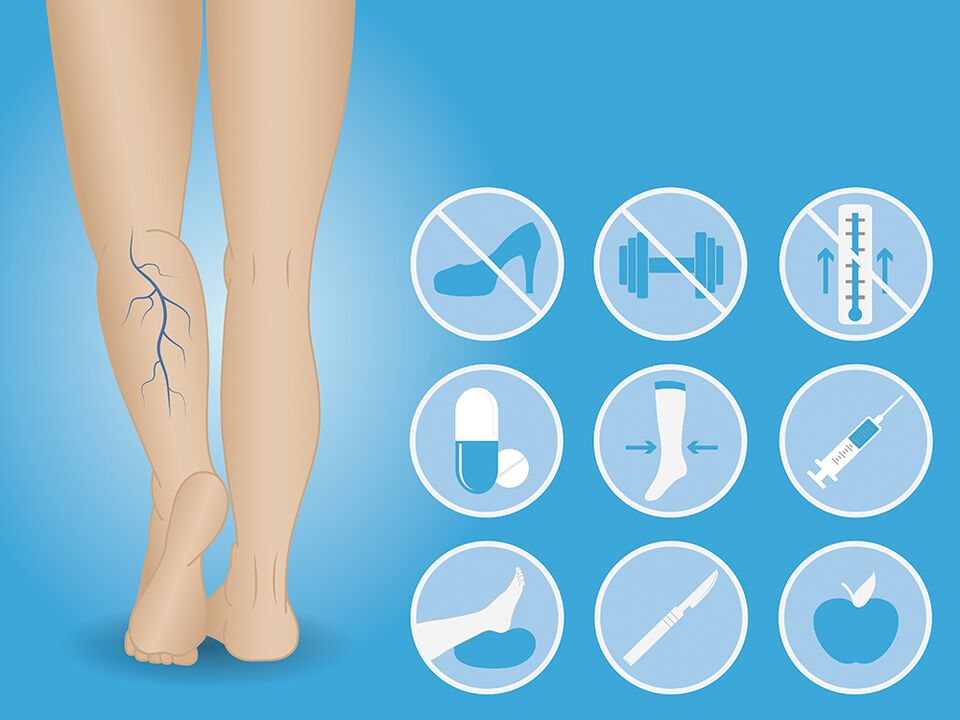
Possible causes of varicose veins in the lower limbs
- lack of physical activity- Main cause of varicose veins. A sedentary lifestyle and long periods of sitting can cause venous valves to be overloaded over time. During physical activity (walking, running, swimming), the constant movement of the thigh and calf muscles helps to "drain" blood from the venous system of the lower limbs. Remaining seated for long periods of time causes increased stress on the venous valves. Over time, the venous valves are unable to withstand the load and may stop performing their full function.
- obesityshould be considered the second most important reason. Heavy weight also increases the load on the venous valve system of the lower limbs, thereby disrupting its normal function.
- Pregnantis the third most common reason. Hormonal changes, weight gain, and fetal compression of the pelvic veins are sufficient causes of venous valve dysfunction. However, up to 50% of changes in the vein wall detected during pregnancy are functional in nature and resolve spontaneously within the first year of life.
- smokes– The fourth most common cause of varicose veins. Changes in the vein wall may be related to the adverse effects of the components of the smoking mixture on the tone of the vein wall.
- genetics– Another possible reason for the development of varicose veins. It is generally believed that heredity plays a leading role in the occurrence of varicose veins, however, the gene responsible for the occurrence of varicose veins has not yet been discovered; it is generally believed that genes responsible for structural changes in connective tissue are the main cause of varicose veins. However, the influence of genetics can be greatly exaggerated, and lifestyle changes, weight normalization, and smoking cessation will help avoid varicose veins, even in patients with an adverse genetic history.
signs of varicose veins
- Presence of dilated saphenous veinThe nonlinear course of veins is the most objective, but it is not the only manifestation of varicose veins. Often, veins may not be visible even if they are dilated several times, especially if the subcutaneous layer is evident.
- Lower limb edemaEnd-of-day swelling, especially asymmetrical swelling, is the earliest and most common symptom of varicose veins.
- You should also consider the presence of varicose veinsFeeling of heaviness in legsLeg cramps at night and in the evening.
- Spider veins and vein patternsIntradermal veins, although more of an aesthetic issue, may also indicate changes in the saphenous vein.
- Persistent redness and thickening of the skin, lipodermatosclerosis, trophic ulcers of the feet and legs indicate a decompensatory process of varicose veins.
Diagnosis of varicose veins
Prevent varicose veins
Treatment of varicose veins
- Varicose veins can be removed using phlebectomy, a technique in which the varicose veins are removed from the subcutaneous tissue through a separate puncture and bandaged.
- Small varicose veins can be removed with sclerotherapy - the introduction of a special gel-like substance called sclerosing agent into the vein space.
- Spider veins and intradermal veins can be removed using sclerotherapy.

















